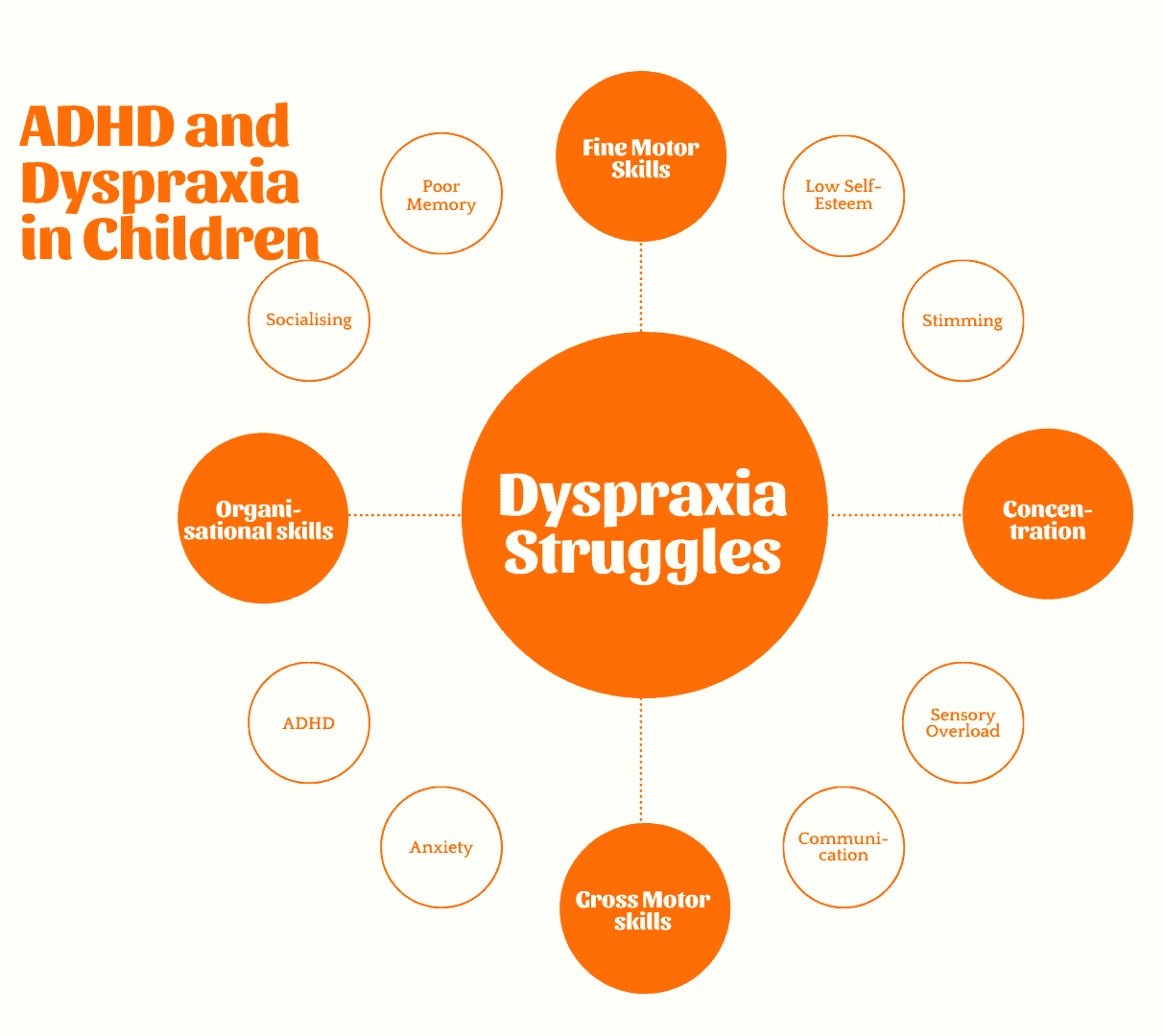The Ultimate Guide to Understanding and Pursuing Dyspraxia Testing for Your Child
Hello fabulous parents! ? If you’re diving into the possibility that your child may have dyspraxia, you’ve come to the right place! I know that tackling any concerns about your child’s development can feel like a Herculean task, but fret not, my wonderful warriors of parenting, because we’re going to embark on this journey together with optimism, information, and a dash of joy!
What Is Dyspraxia?
Dyspraxia, also known as Developmental Coordination Disorder (DCD), is a neurological disorder that affects motor skills development. Is your kiddo unusually clumsy, seems to struggle with tasks their peers find a breeze, or appears to be wearing their breakfast more often than eating it? These might be signs that your child is dealing with dyspraxia. But no need to worry! Just like a rainbow after a storm, with the right steps, things can look bright again. ?
Signs Your Child Might Need a Dyspraxia Test
As a loving parent, you’re like a superhero with a “sixth sense” for your child’s needs. If you’ve observed any of the following in your little one, it may be time to consider dyspraxia testing:
- Gross Motor Skill Difficulties: Trouble with large movements such as jumping, running, or catching a ball.
- Fine Motor Skill Challenges: Difficulty with handwriting, using tools, or doing up buttons and zippers.
- Poor Balance and Coordination: Frequently bumping into things, falling over, or showing an awkward gait.
- Difficulty with Sequencing Tasks: Struggling to follow instructions or organize the steps needed to complete a task.
- Problems with Concentration: Short attention span, especially for tasks that require motor coordination.
Preparing for a Dyspraxia Test
So, you think a dyspraxia test is in order? Excellent! Knowledge is power, so let’s power up! ????? You’ll want to gather as much information as possible. Jot down notes about the behaviors you’ve noticed. When did you first spot them? How often do they occur? Grab videos if you can — they’re worth a thousand words (and can be much clearer than explaining that thing your child does with their spoon). Also, reach out to teachers or caregivers who might share valuable insights.
The Testing Process: What to Expect
Testing for dyspraxia usually involves a merry medley of healthcare professionals. You might encounter a pediatrician, occupational therapist, or even a neuropsychologist. They’ll play detective, combing through your child’s developmental history, conducting physical assessments, and will possibly administer standardized tests to pin down motor skills competencies.
Remember that this process is like piecing together a puzzle — it takes time, patience, and sometimes a few coffee breaks (for you, not the kiddos!). The goal here is to build a comprehensive picture of your child’s abilities.
Oh! And make sure to include your child in the discussion as much as possible. Their input is invaluable, and it’ll help them understand that they’re not in this alone. You’re their sidekick in this adventure!
Keep your spirits up and stay tuned for more helpful tips and detailed steps on pursuing dyspraxia testing. Remember, the path to helping your child begins with understanding, and understanding starts with taking the first step. The road ahead may have a few twists and turns, but together we’ll navigate it with grace, love, and maybe even a few giggles along the way. ? Stay cheery and keep on advocating for your wonderfully unique little human!

When preparing for a dyspraxia test for your child, knowledge and preparation are essential. Here's a curated list of the top five things you should know to gear up for this important assessment:
- Documentation Is Key: Start a diary or log of your child's symptoms and behaviors that concern you. Note the frequency, duration, and situations in which these behaviors occur. This information will provide valuable context for the specialists.
- Observations from Others: Gather insights from people who interact regularly with your child, such as teachers, sports coaches, and relatives. Their external perspectives can provide a fuller picture of your child's abilities across different environments.
- Medical History: Be prepared to discuss your child's birth history, developmental milestones, and any medical issues they may have encountered. This historical data is vital for assessing your child's condition in the scope of their overall development.
- Understanding the Multidisciplinary Approach: Dyspraxia affects various aspects of development, so the path to diagnosis often involves a team. Understanding the roles of each professional, from occupational therapists to educational psychologists, will make the process less daunting.
- Prioritize Your Child's Comfort: This is a challenging process for a child. Ensure they understand what's happening using age-appropriate language, and create a comfortable dialogue about the testing so they can express their feelings and concerns.
Remember that each step in this guide is about helping your child thrive. Support them with positivity and encouragement, fostering a supportive environment for growth, no matter the challenges ahead. Ready? Set? Let's go, team!
See more great Things to Do with Kids in New Zealand here. For more information see here
Disclaimer
The articles available via our website provide general information only and we strongly urge readers to exercise caution and conduct their own thorough research and fact-checking. The information presented should not be taken as absolute truth, and, to the maximum extent permitted by law, we will not be held liable for any inaccuracies or errors in the content. It is essential for individuals to independently verify and validate the information before making any decisions or taking any actions based on the articles.




